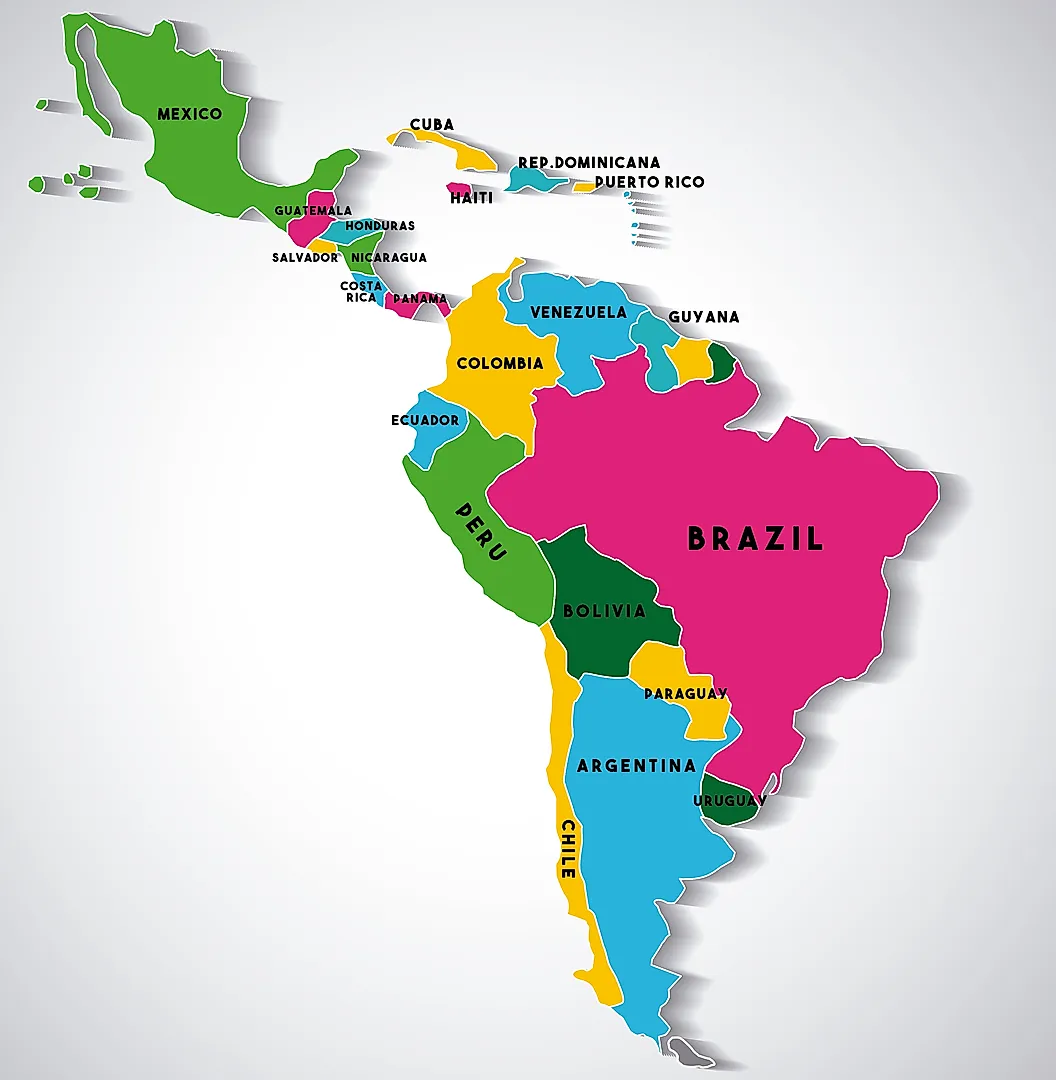Argentina will head to the polls on Sunday for the 2025 midterm elections. The race comes two years into President Javier Milei’s government and will be key for the remainder of his term. But what exactly are Argentines voting for?
What are Argentines voting for? Argentines are set to vote in the national legislative elections on October 26. They will elect new lawmakers for both chambers of the national Congress. A third of the Senate (24 seats) and half of the Lower House (127 seats) will be renewed.
All 23 provinces and Buenos Aires City, the Argentine capital, will elect new deputies, but only eight are electing senators: Chaco, Entre Ríos, Neuquén, Río Negro, Salta, Santiago del Estero, Tierra del Fuego, and BA City.
National executive positions, such as the president and vice president, are not on the ballot. The next presidential elections will be in 2027. However, some provinces are also holding municipal and provincial elections, such as Santiago del Estero, which will elect a new governor.
Who is running? Each province has its own set of candidates. The national ruling party, La Libertad Avanza (LLA), will compete in all of them. For this election, it has allied with the right-wing party PRO to run as a coalition.
The main Peronist coalition will compete under the name Fuerza Patria in 12 provinces plus Buenos Aires City. Peronist candidates will run under different coalition names in the 11 remaining provinces.
Other smaller coalitions running are Provincias Unidas, Coalición Cívica and Frente de Izquierda.
High-profile candidates include LLA’s Diego Santilli for deputy in Buenos Aires province and Security Minister Patricia Bullrich for senator in BA City, as well as Fuerza Patria’s Jorge Taiana for deputy and Mariano Recalde for senator in BA City.
Why is this election so important? The October 26 race is a pivotal election for Milei, since it will renew half of the Lower House and a third of the Senate. As the ruling party and a party that was little-known in the last mid-terms, LLA will almost certainly gain legislative representation, although the final number is likely to be lower than the government hopes for.
The ruling party suffered several tough blows during the campaign: a top candidate had to drop out due to ties with an alleged narco, and high-ranking public officials including Milei’s sister, Presidency Secretary Karina Milei, were accused of leading a bribery scheme in the national disability agency.
Argentina is also facing a severe economic crisis. Milei’s negative image numbers are on the rise, reaching almost 48%, while his government’s approval rating is falling: according to a survey by consultancy Management & Fit, 44% back the government, while 54% disapprove of it.
What could Congress look like in December? The election is likely to be largely split between LLA and Peronism, as seen in previous elections throughout the year. LLA currently has 37 seats out of 257 in the Lower House and six of 72 in the Senate. The largest opposition bloc in both chambers is Peronism, with 98 deputies and 34 senators.
Management & Fit forecast that LLA could win between 39 and 47 seats in the Lower House, giving it up to 84 deputies from December. If they ally with blocs from the so-called “friendly opposition,” they would have the support of at least a third of the Lower House seats, which could help them block the opposition’s bills and back Milei’s presidential decrees.
This means that, despite their considerable gains, LLA will still need to negotiate with other blocs, while Peronism will likely remain the largest bloc.
In the Senate, LLA could gain 11 new senators, bringing the total to 17. Peronism will likely lose two senators, according to Management & Fit’s projections. However, they would also remain the largest coalition, with 28 senators.
How are Argentines voting? Argentina will use the single paper ballot system for the first time in a national election. Until now, each party had its own paper ballot. Now, Argentines will be handed a single sheet of paper listing all parties running, with photos of the first two candidates and the names of the first three. To select their candidates, voters simply have to mark the box for each available category.
Ballots will look different across the provinces because each is voting for their own lawmakers, who will represent them in Argentina’s national Congress.
Since each province has three senators, the first two positions go to the party with the most votes. The party that comes second gets the remaining seat. The system for granting Lower House seats is more complex, as it is proportional to each province’s population.




